There’s an article up on CNN about a new fad for cheaters – cheating via iPod.
Some students use iPod-compatible voice recorders to record test answers in advance and them play them back, 16-year-old Mountain View junior Damir Bazdar said.
This suggests to me that some of these classes might have other problems than iPods. How did these kids got “the answers” to record?
Others download crib notes onto the music players and hide them in the “lyrics” text files.
This is actually somewhat clever. It’s the twenty-first century equivalent to hiding notes as formulas in programmable calculators – a practice which goes back at least twenty years.
The solution to this particular problem is pretty obvious, though. As we do with cell phones, we simply disallow the use of iPods during tests. In most classes, the iPod would have any legitimate use during a test! Of course, some students are not happy with such policies:
Kelsey Nelson, a 17-year-old senior at the school, said she used to listen to music after completing her tests — something she can no longer do since the ban. Still, she said, the ban has not stopped some students from using the devices.
To that I’d simply say … Kelsey, blame the students who decided to use their iPods to cheat. Were it not for them, you could still listen to your music. Of course, the school could modify the policy to state that iPods were allowed after a test had been turned in.
“You can just thread the earbud up your sleeve and then hold it to your ear like you’re resting your head on your hand,” Nelson said. “I think you should still be able to use iPods. People who are going to cheat are still going to cheat, with or without them.”
Sure, some people are going to cheat no matter what***. Banning iPods during testing, though, has two points:
- To make it a little more difficult to cheat. There are a substantial number of people out there who would be tempted to cheat instead of study if cheating was very easy to do. Those are the ones we are trying to prevent from cheating. The hard-core cheaters … well, those we just have to catch and get rid of****.
- To make it easier to bust cheaters who try to hide their cheating devices. All we’ve gotta do with a no-iPods policy in place is show that the cheater had an iPod out during a test. Otherwise, it’s much more hassle to get a cheating accusation to stick – since it would require us to find out exactly how the student hid the information on the iPod.
Despite iPods being all the rage, here at the college the old ways of cheating seem to be the most common ways. Notes written on a desk or body part, small pieces of paper pushed up the sleeve, a strategically placed scrap of notes on the floor … all of these are still in common use. Even formulas in calculators pop up occasionally – though this seems a little less common these days. Most of my students view their TI-99 calculator much like someone of my generation would have viewed a slide rule. (I can’t tell you how many students I’ve had to teach to do simple math functions on their TI!) I guess the iPods and cell phones are easier to use!
***These folks almost always have terrible grades – at least in college where I encounter them.****Sound harsh? The hard-core cheaters often brag about it to other students, lowering the morale of the entire class.

![[Ash: Sunny side up!]](http://whenchemistsattack.com/wp-content/uploads/2007/04/ash_sunny.jpg)

![[Demon Attack attract mode]](http://whenchemistsattack.com/wp-content/uploads/2007/04/demonattack_title.png)
![[Demon Attack aliens]](http://whenchemistsattack.com/wp-content/uploads/2007/04/demonattack_aliens2.png)
![[Demon Attack aliens … these split!]](http://whenchemistsattack.com/wp-content/uploads/2007/04/demonattack_aliens3.png)
![[Demon Attack’s kamikaze aliens]](http://whenchemistsattack.com/wp-content/uploads/2007/04/demonattack_kami.png)

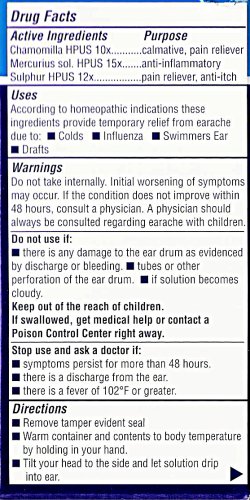

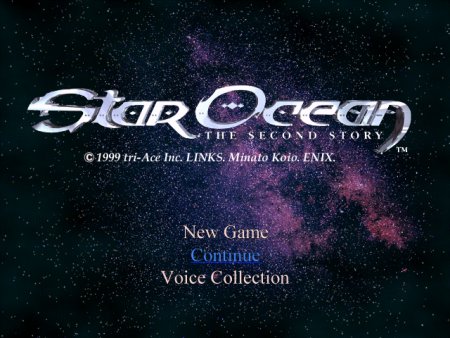
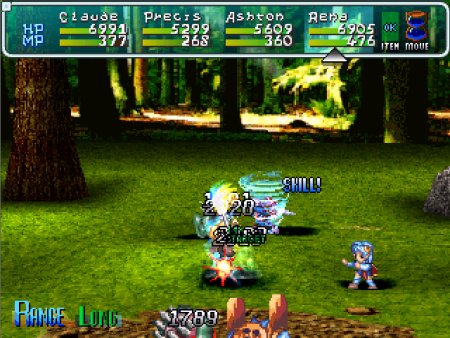
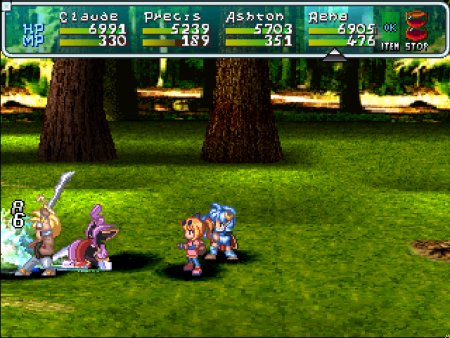
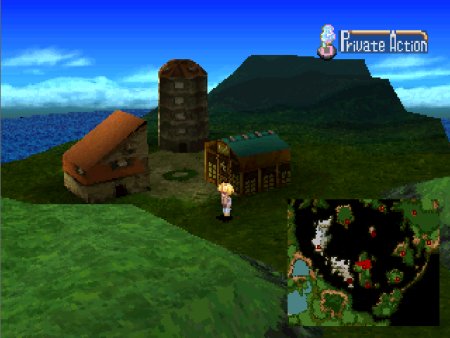
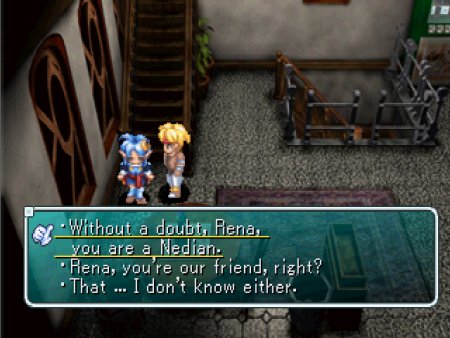
![[Rowdy gulls]](http://whenchemistsattack.com/wp-content/uploads/2007/04/bird_argument_450.jpg)